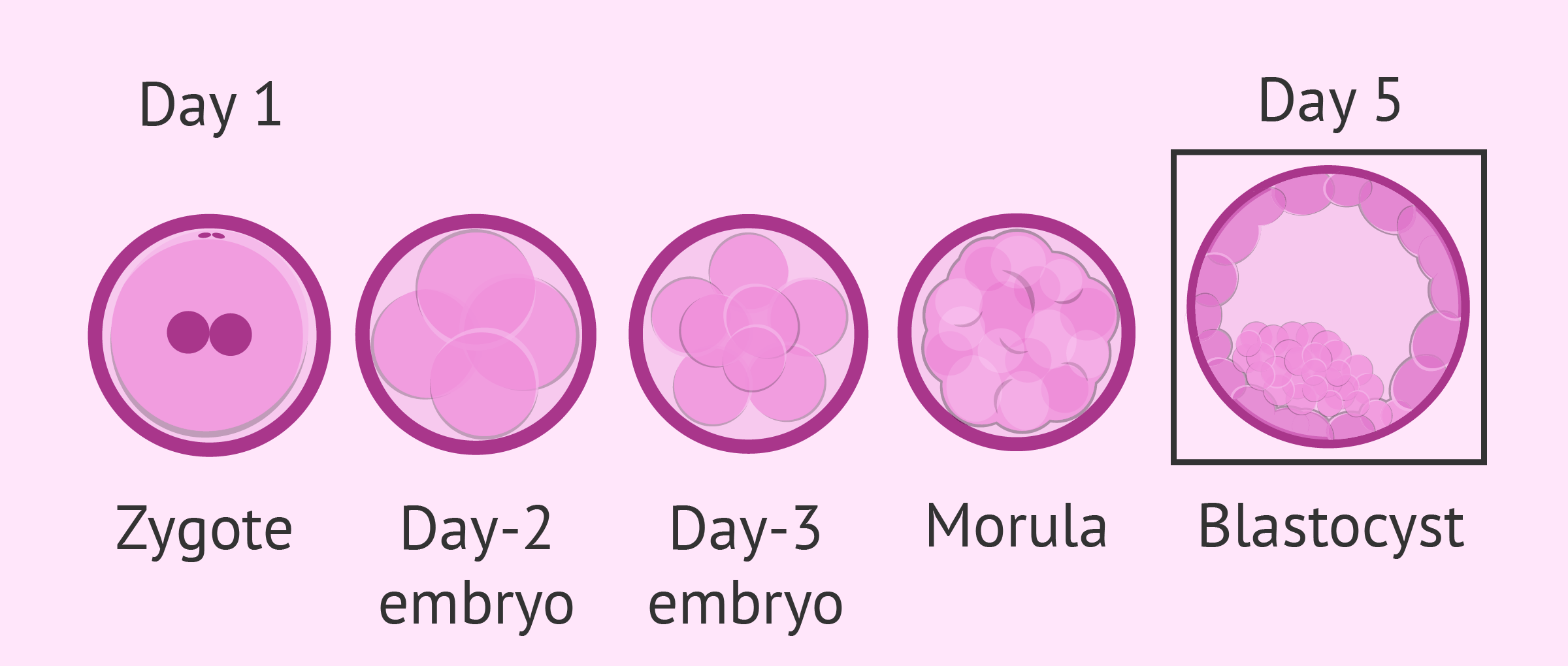What is Blastocyst-Culture
At Alka IVF Center, about every third IVF treatment involves an extended blastocyst culture, i.e. the fresh transfer of an embryo at the blastocyst stage. In all our IVF treatments, we strive to choose for one treatment embryos of different ages to be frozen, i.e. both embryos in the cell division stage and blastocysts. This allows us flexibility in planning the time for the frozen embryo transfer.
With blastocyst transfer, embryos are cultured in the laboratory to the blastocyst stage. Fresh embryo transfer is performed in this type of culture 4-5 days after egg collection, instead of the traditional 2-3 days. Blastocysts are frozen when they are four, five or six days old. Blastocyst cultures require optimal laboratory conditions, a culture solution that best supports the development of blastocysts and a low-oxygen culture environment. On average 40% of fertilised eggs reach the blastocyst stage.
CONTACT US

Advantage of Blastocyst Cultures
The advantage of blastocyst cultures is the efficiency of embryo selection, because only the embryos with the best development capacity reach the blastocyst stage. There is a higher probability of pregnancy when using a blastocyst than with an embryo in the cell division stage, with fresh embryo transfer and frozen embryo transfer being the most reliable methods. Blastocysts are also used with excellent results in embryo diagnosis. Blastocyst cultures are particularly useful when predicting a good yield of about 10 eggs. With low egg counts it poses the risk that no embryo can be transferred if the development of the embryo stops before it reaches the blastocyst stage.
The embryo’s cell types first start to differentiate at the blastocyst stage. The outer cells are flat and tightly packed and surround the liquid-filled cavity of the blastocyst. The embryo attaches itself to the womb with the help of the outer cells, which form the placenta and the outermost embryonic membrane. On the wall of the blastocyst’s fluid cavity, spread on top of the outer cells, is an inner cell mass, which develops into the inner embryonic membrane and the foetus.
